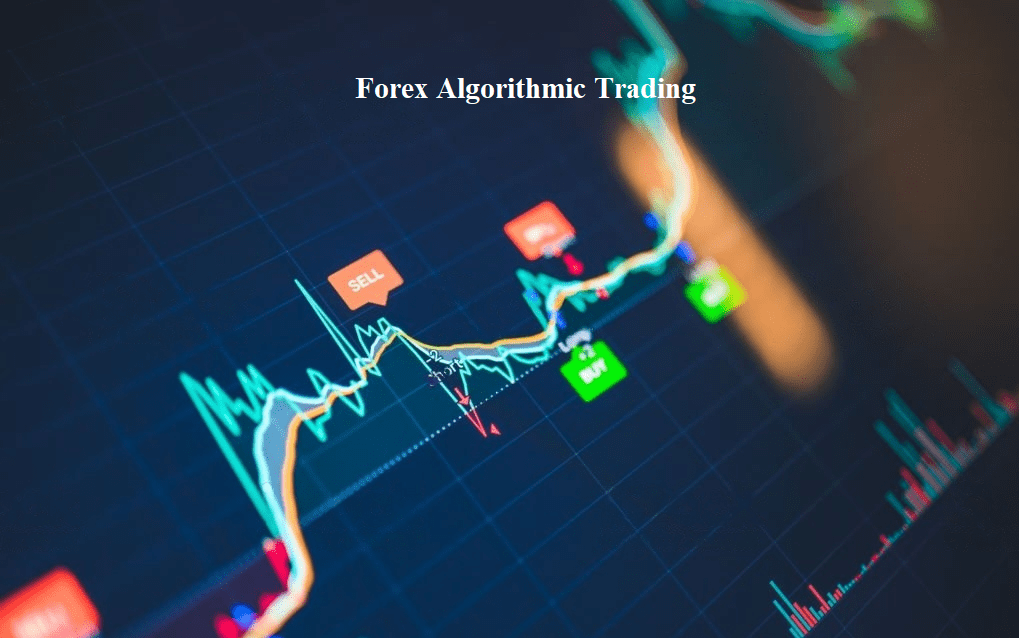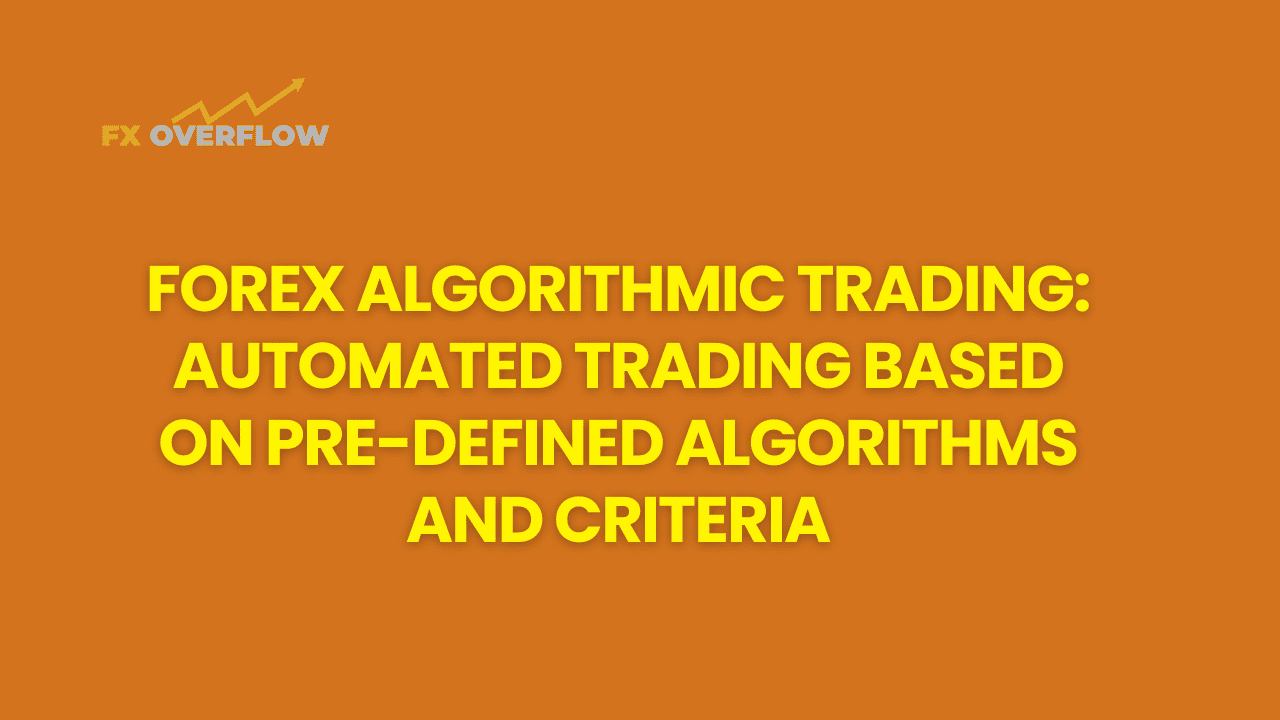Forex Algorithmic Trading: Automated Trading Based on Pre-defined Algorithms and Criteria
In the fast-paced world of foreign exchange (Forex) trading, traders are always seeking new ways to optimize their strategies and achieve better results. One approach that has gained significant popularity is Forex algorithmic trading, a method that utilizes pre-defined algorithms and criteria to automate trading decisions. This article delves into the world of algorithmic trading, explaining its concepts, benefits, and potential pitfalls.
Table Content
1. What is Forex Algorithmic Trading?
2. Advantages of Algorithmic Trading
3. Key Components of Forex Algorithmic Trading
4. Challenges and Risks of Forex Algorithmic Trading
5. Footnote
6. FAQs (Frequently Asked Questions)
What is Forex Algorithmic Trading?
Forex algorithmic trading, also known as automated trading or algo trading, is a trading strategy that relies on computer programs to execute trades automatically based on specific conditions. Traders use predefined sets of rules and mathematical models to determine when to buy or sell currencies. These algorithms analyze market data, price trends, and other indicators to make swift and data-driven decisions.

Advantages of Algorithmic Trading
1. Speed and Efficiency
One of the key advantages of algorithmic trading is its speed. Computers can process vast amounts of data in milliseconds, allowing for rapid execution of trades at optimal prices. This speed can be crucial in the fast-moving Forex market, where prices fluctuate frequently.
2. Elimination of Emotional Bias
Human emotions can often interfere with trading decisions, leading to impulsive and irrational actions. Algorithmic trading removes emotions from the equation, as trades are executed purely based on predefined criteria. This minimizes the risk of emotional biases impacting trading performance.
3. Back-testing and Optimization
Algorithmic trading strategies can be back-tested using historical data to assess their performance. Traders can identify strengths and weaknesses, optimize strategies, and make data-driven improvements to enhance their trading systems.
Key Components of Forex Algorithmic Trading
1. Strategy Formulation
The foundation of algorithmic trading is strategy formulation. Traders need to define the rules and conditions that the computer program will follow when executing trades. This includes choosing indicators, setting entry and exit points, and determining position sizes.
2. Programming
Once the strategy is defined, it needs to be translated into a computer program. Traders can use programming languages like Python or MetaQuotes Language (MQL) for this purpose. The code will act as the trader's representative, following the predetermined rules without any deviation.
3. Data Feed and Execution
To make informed decisions, the algorithm needs real-time market data. Traders usually subscribe to data feeds from reputable sources to ensure they have the latest information. Once the conditions are met, the algorithm automatically executes the trade through a trading platform.
4. Risk Management
Effective risk management is crucial in algorithmic trading to protect the trader from substantial losses. This involves setting stop-loss levels, position sizing, and implementing risk-reward ratios to manage trades more effectively.
Challenges and Risks of Forex Algorithmic Trading
While algorithmic trading offers numerous benefits, it's essential to acknowledge the challenges and risks involved:
1. Over-Optimization
Excessive backtesting and optimization may lead to overfitting the strategy to historical data. This could result in poor performance in real-market conditions.
2. Technical Failures
Algorithmic trading relies heavily on technology. Technical glitches or system failures could lead to significant trading losses.
3. Market Risks
Even the most robust algorithms cannot predict unforeseen market events or economic crises. Sudden market shifts can result in unexpected losses.
Footnote
In Summary, Forex algorithmic trading has revolutionized the way traders operate in the foreign exchange market. By leveraging advanced algorithms and technology, traders can execute trades with speed, efficiency, and discipline. However, it's essential to remain vigilant about the potential risks and limitations of algorithmic trading. Striking the right balance between human intervention and automation can lead to profitable trading strategies.
FAQs (Frequently Asked Questions)
1. Is algorithmic trading suitable for beginners?
Algorithmic trading can be complex, and beginners may find it challenging to develop effective strategies. It's advisable to gain a solid understanding of Forex trading fundamentals before delving into algorithmic strategies.
2. Do I need to be a programmer to implement algorithmic trading?
While programming skills are beneficial, there are user-friendly platforms and tools that allow traders to create and implement algorithms without extensive coding knowledge.
3. Can algorithmic trading guarantee profits?
Algorithmic trading can improve trading efficiency, but it doesn't guarantee profits. Successful trading still requires market knowledge, risk management, and adaptability to changing market conditions.
4. What are the best programming languages for algorithmic trading?
Python and MQL are popular programming languages used for algorithmic trading due to their versatility and ease of use.
5. How much capital do I need for algorithmic trading?
The required capital for algorithmic trading varies depending on individual strategies and risk tolerance. It's crucial to start with a capital amount that you can afford to lose.











Discussion